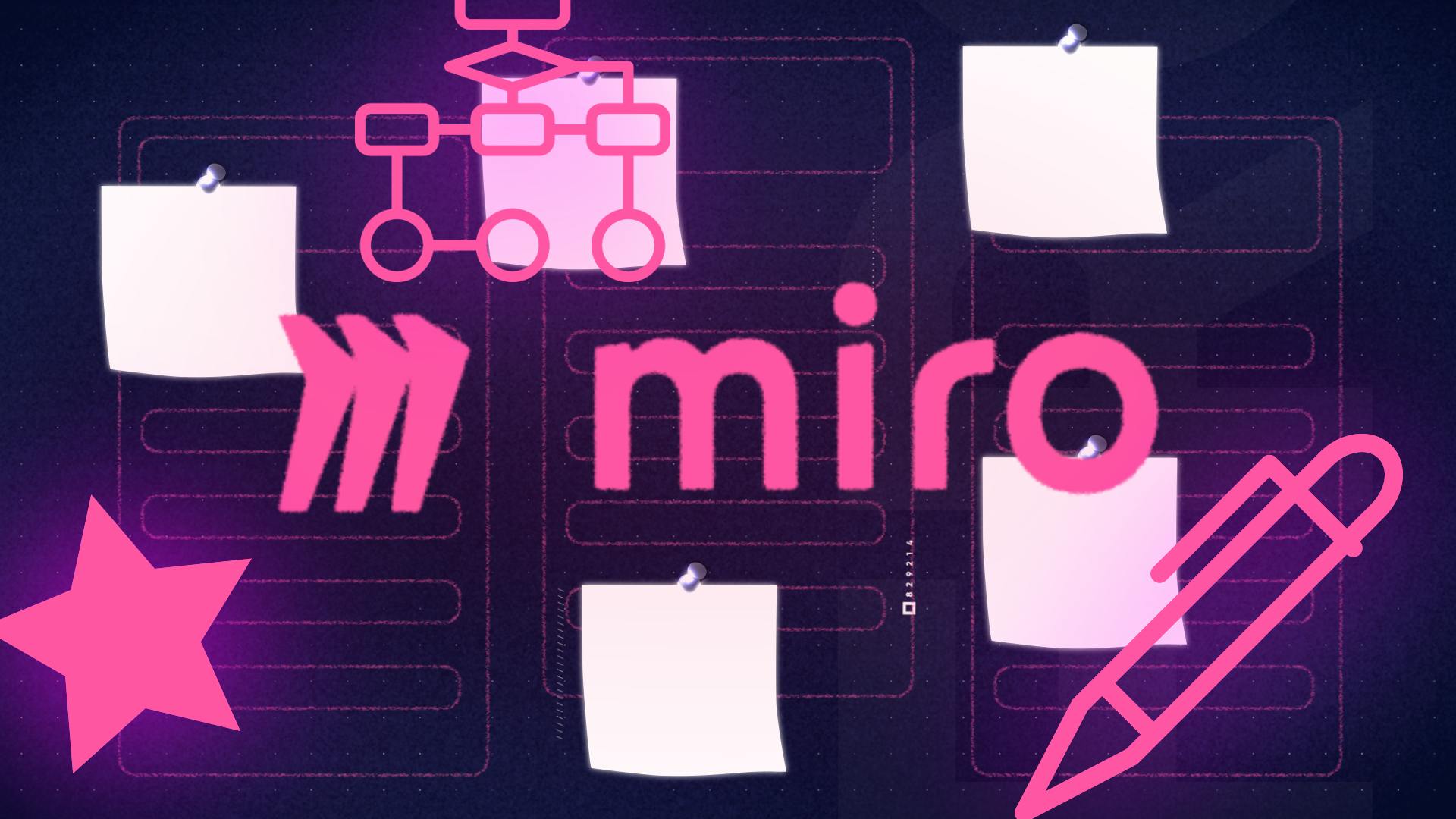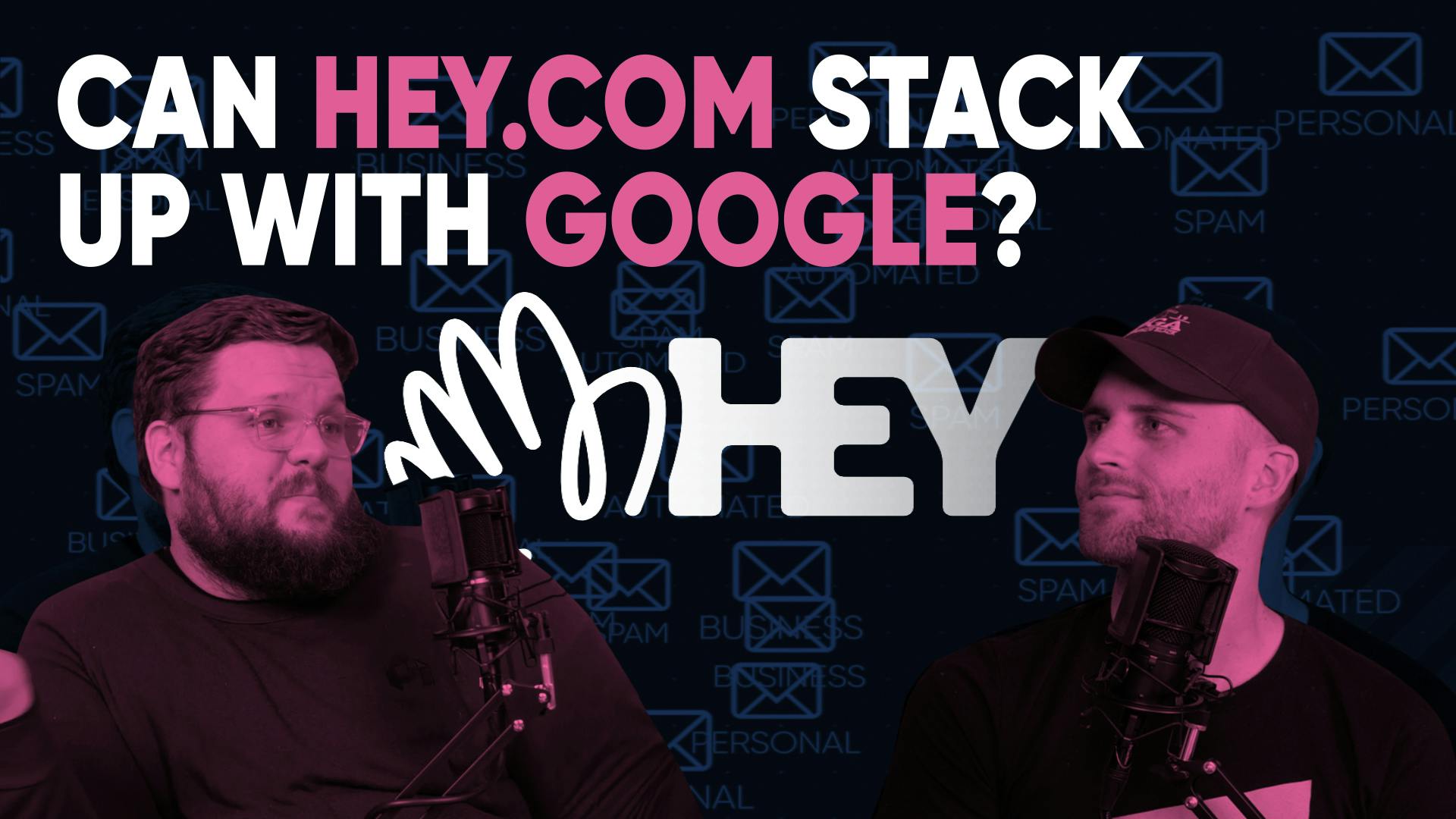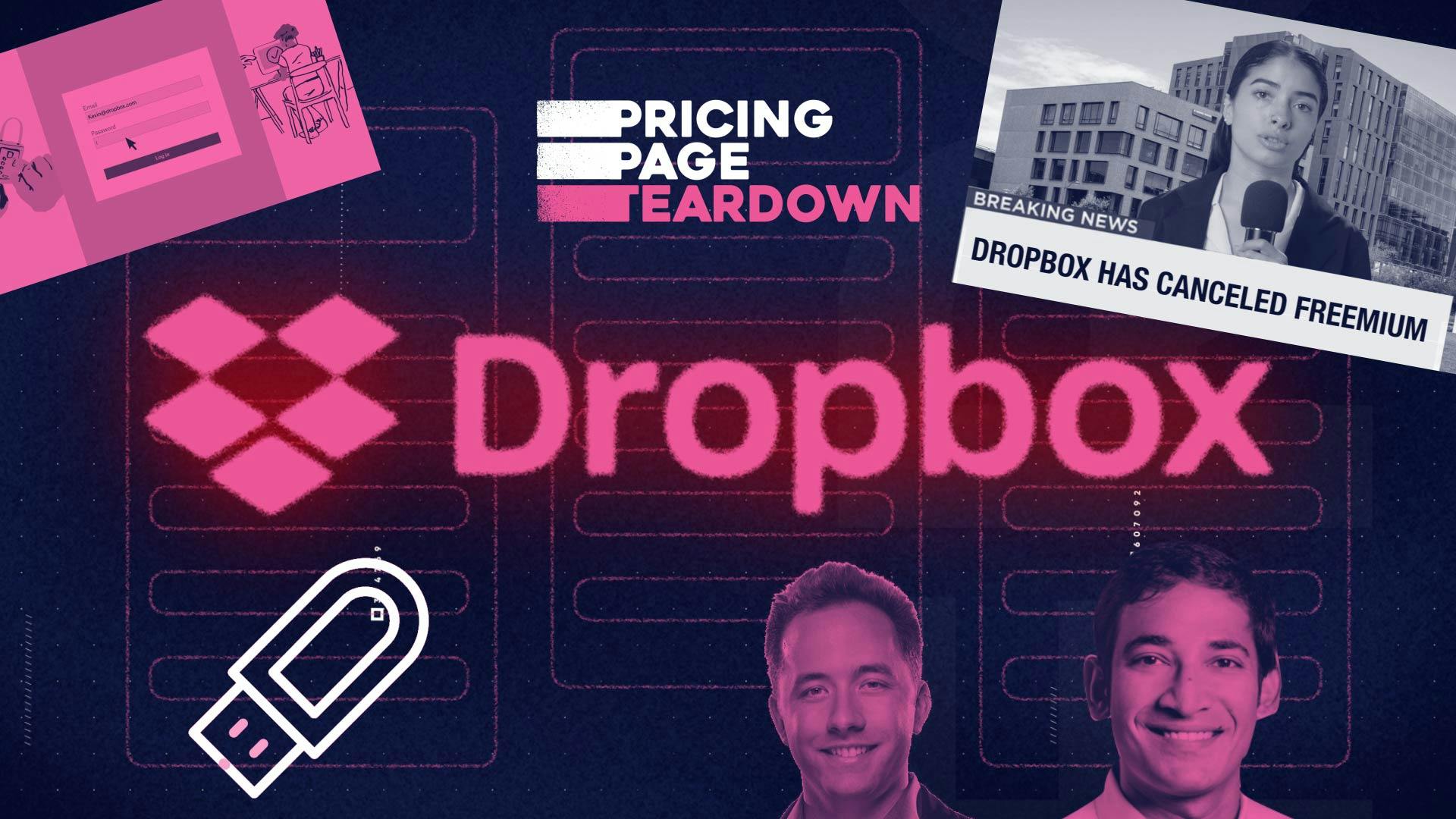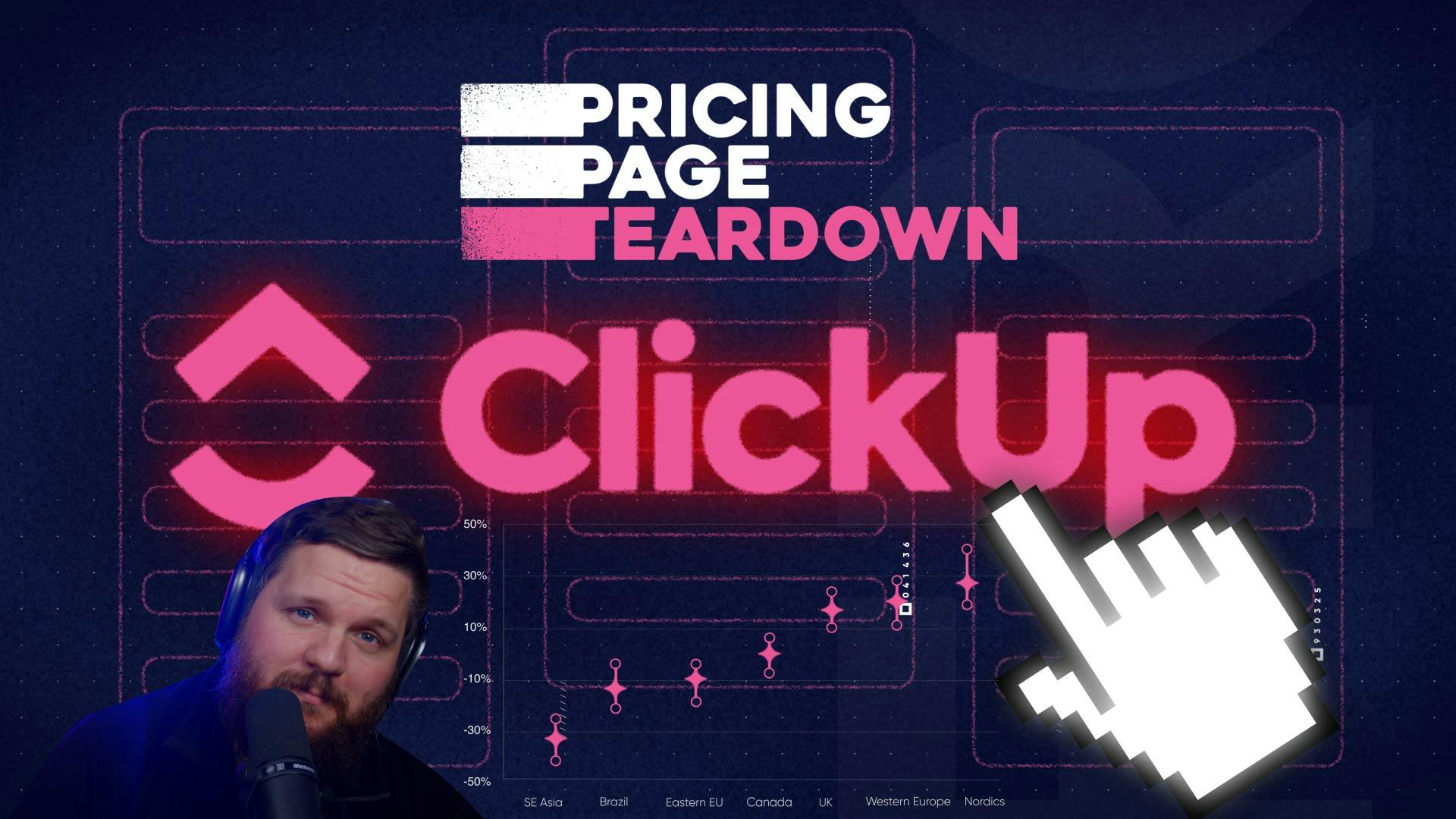
Is Peloton's pricing doing all the heavy lifting?
Overview of Peloton:
Peloton, a fitness company that originated from Kickstarter, has become a global sensation with its sleek products and enthusiastic coaching. Having raised nearly $2 billion and gone public, Peloton has achieved remarkable success. However, there are some crucial errors in their pricing strategy that can provide valuable lessons for other businesses.
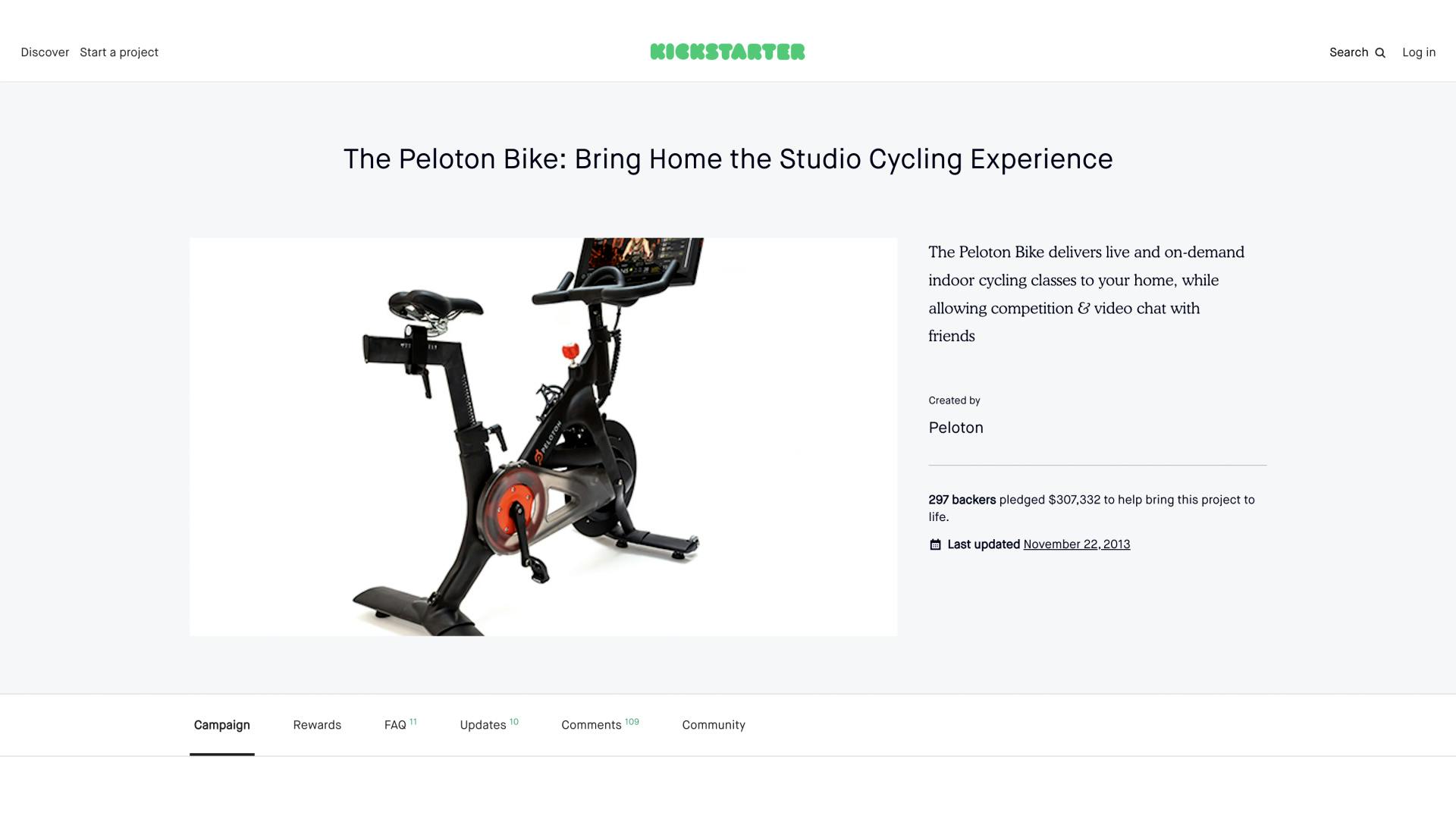
Background of Peloton:
Founded in 2012 by John Foley, Tom Cortese, Yony Feng, Hisao Kushi, and Graham Stanton, Peloton aimed to bring boutique fitness classes into people's homes. Their primary product, the Peloton Bike, offers live and on-demand classes through a high-quality stationary exercise bike equipped with a touchscreen. Led by popular instructors, these classes foster a sense of community and provide an engaging way to work out.

Takeaways:
- Packaging and Positioning:
Peloton offers a range of products, including bikes, treadmills, an app, and accessories. However, they could benefit from positioning their app as a gateway to their physical products, focusing on higher-margin revenue. By emphasizing the app as an entry point, Peloton can attract more customers and potentially increase sales of their hardware.
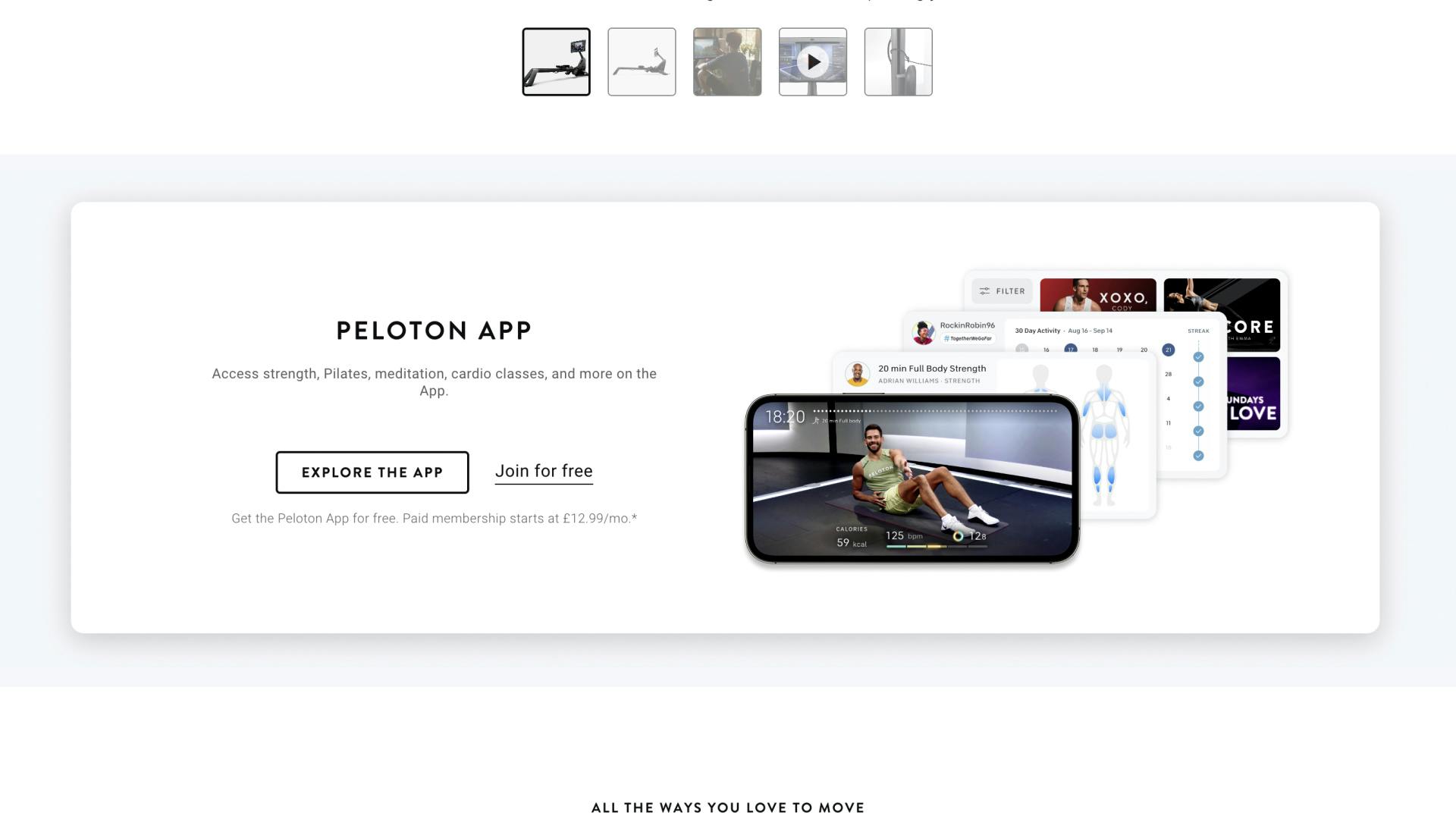
- Billing Flow:
Peloton's billing flow stands out as a well-executed aspect of their pricing strategy. They offer various options for add-ons and upgrades during the purchasing process, providing flexibility to customers. Peloton's smart inclusion of financing and protection plans demonstrates their understanding of customer needs.
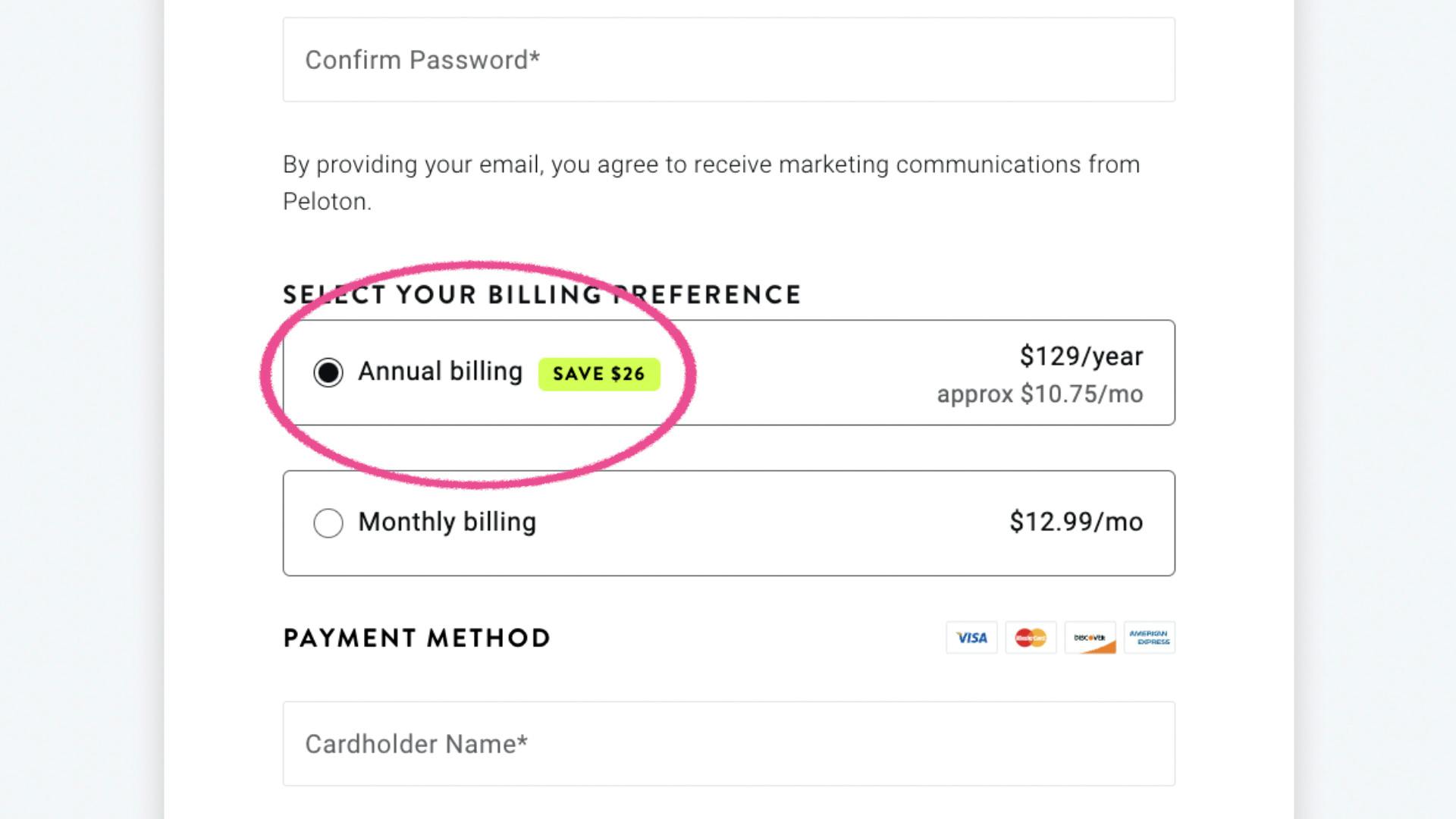
- Term Optimization:
To improve customer retention, Peloton could consider offering three or six-month subscription options, in addition to their monthly and annual plans. By locking customers into longer-term commitments, Peloton can reduce churn and increase subscription value.
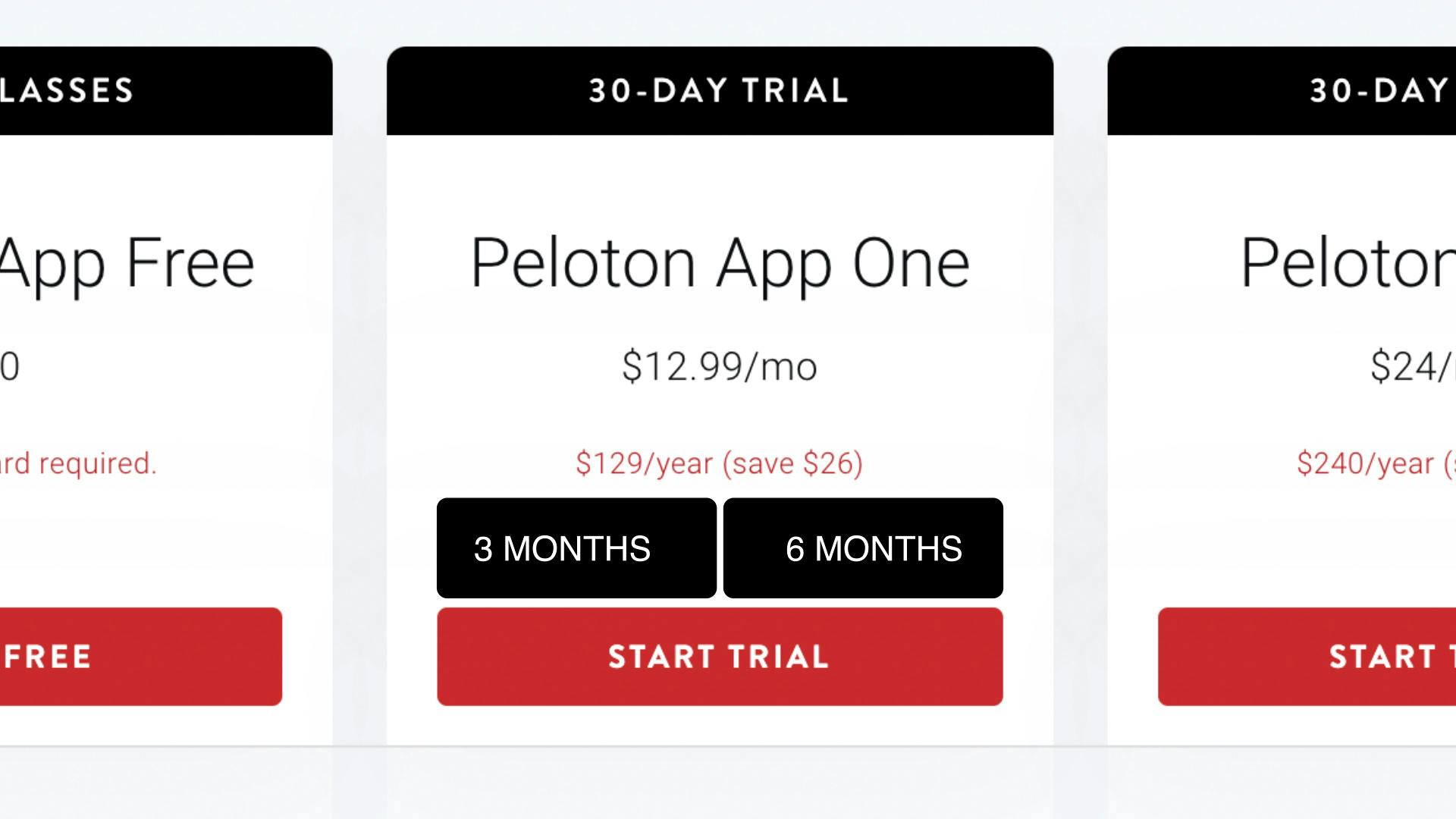
Recap:
Peloton's success in the fitness industry is driven by its high-quality products, engaging content, and strong community. However, their pricing strategy could benefit from optimizing packaging and positioning, refining the billing flow, and exploring term optimization to enhance customer retention and drive higher-margin revenue.
As Peloton continues to evolve and face competition in the fitness space, understanding the strengths and weaknesses of their pricing strategy is crucial for sustained growth.
Ready to shake up your pricing?
Price Intelligently by Paddle is revolutionizing how SaaS and subscription companies price and package their products. Founded in 2012, we believe in value-based pricing rooted in first-party research to inform your monetization strategies. We combine expertise and data to solve your unique pricing challenges and catapult growth.
00:00:00:01 - 00:00:05:22
PC
I mean, after looking at this pricing period, it's making me feel like I should be a coach. Live peloton and pricing with Patrick.
00:00:06:04 - 00:00:19:13
Steve
Welcome to pricing page teardown where Paddles. Chief Strategy Officer Patrick Campbell breaks down what companies are doing well and not so well when it comes to their pricing strategy. Patrick, take it away.
00:00:19:15 - 00:00:43:05
PC
This week we're talking about Peloton, the fitness behemoth that has taken the world by storm with sleek products and enthusiastic coaching. Fun fact, many people don't know that Peloton actually got its start on Kickstarter. They're far past that now with Peloton raising almost $2 billion, going public, having a little bit of turmoil the last couple of years. But they also are making a couple of crucial errors when it comes to their pricing strategy that you're probably making, too.
00:00:43:06 - 00:00:51:11
PC
But before we get into those lessons, Steve, tell us a little bit about Peloton.
00:00:51:12 - 00:01:16:16
Steve
Peloton was founded in 2012 by John Foley, Tom Cortese, Yony Feng, Hisao Kushi, and Graham Stanton . They saw an opportunity to bring boutique fitness classes into people's homes. The company's primary product is the Peloton Bike, a high quality stationary exercise bike with a touchscreen that streams live and on demand classes. These classes, led by popular and energetic instructors, create a sense of community and offer a fun and engaging way to workout.
00:01:16:18 - 00:01:37:08
Steve
The company has now expanded its product line to include treadmill and a digital app, broadening its range to offer more types of workouts and reach a larger audience despite its premium pricing. Peloton's achievement considerable Market Success. A few factors contributing to the success are a high quality product and content and a strong community, especially during the COVID 19 pandemic.
00:01:37:10 - 00:01:51:00
Steve
However, the fitness space is more saturated than ever with multiple controversies. Peloton isn't a shoo in to win the space, but how does their pricing stack up? Find out coming up next.
00:01:51:02 - 00:02:16:20
PC
Jumping in here, if you have ever experienced a Peloton product, the quality is just Chef's kiss, as the kids say when you look at the site. What I just really, really love about Peloton is just the commitment to design. It comes out in their products, their hardware, everything in between. Even though they've had some trouble, the past couple of years, it makes you want to root for them because of how just like well-designed there are now when we get into their pricing, there's a couple of things they're doing well in a couple of things they're doing not so well.
00:02:16:22 - 00:02:38:05
PC
The first thing that is a bit of a suggestion and a bit of thing to kind of think about is they're packaging and they're kind of positioning overall. When I look at Peloton, they are kind of going around the gym, right? So you got the bikes, you got the tread, you have shrink training now through their peloton guide, which is a little camera that goes on your TV and does a bunch of like fun classes that tracks you, which is really cool.
00:02:38:07 - 00:02:59:15
PC
They have a row and then they have this app and their app actually has a lot of different classes, everything from meditation to kind of all over the place. And the reason I'm bringing this up more is because I think what Peloton's trying to do is they're trying to get people on the gateway to come in and use their different products, their actual physical products, particularly when it comes to now, you can start renting the products rather than buying a $2,000 bike upfront.
00:02:59:17 - 00:03:18:16
PC
But I think this is a little bit reverse because the margins on those types of products are typically closer to 15 20% where their app margins are about 80%. And I think they can learn something from Apple, which has gone deeper and deeper into Apple Plus services, these types of things for higher margin revenue by putting the Peloton app more in my face as a gateway.
00:03:18:18 - 00:03:39:13
PC
And when you start to think about the Peloton app as a gateway, because our family, we've used the app and we're, you know, away from home and when we didn't have the bike when we were moving. But I think what's really interesting about that particular gateway is all of a sudden you start opening up a ton of different possibilities.
00:03:39:15 - 00:04:01:07
PC
For one, I can tell you right now that this 1299 per month price point for the app membership is too low. It could definitely be $15 per month, but you're seeing kind of the median of these quality fitness apps. Think woop, think free lit x think of for these different products. They're starting to go upmarket. Even future dot fit is 150 bucks a month with a very very similar experience to Peloton.
00:04:01:07 - 00:04:17:19
PC
So you could even up this app membership to 20 $30 per month getting a bunch of different margin. I bet you get more memberships that are actually being purchased with bikes and with different hardware when that gateway becomes that app. So the big lesson for all of us is to kind of thinking, how are you getting that customer through the door?
00:04:17:19 - 00:04:35:11
PC
And once you get them through the door, how are you making sure that they have those different upgrade paths? And rather than having a $90 per month rental fee to think about or even a $2,000 bike or tread to be purchased in addition to that app, how about we start with the app and then get the high margin revenue that gateways into the actual hardware?
00:04:35:15 - 00:04:55:09
PC
Just something to think about. One thing they're doing really, really well, though, is they have a phenomenal billing flow When you go through their billing flow, no matter if you choose a bike or tread their peloton guide, even the app, they show a bunch of different options for add ons and different kind of upgrades. So first, even when we're just purchasing the app, you get a good annual option.
00:04:55:14 - 00:05:13:08
PC
Really, I'd want that annual option to be higher than $120 per month. That's kind of a no man's land for the Amex effect. You want to be $100 or 150 or $200. If you're $120, all of a sudden ends up happening is you're too expensive. The folks who anchored at $100 and you're not expensive enough for the folks who are anchored at 150.
00:05:13:10 - 00:05:31:20
PC
So they kind of change the protection plan that they're offering. Super, super smart Peloton's always been very, very smart about offering financing and these other options as well. But one thing that they could use that I haven't really seen from them and these other products, why can't I purchase using my HSA funds? Why can't I do that through a billing system?
00:05:31:20 - 00:05:54:14
PC
That's something that's really, really smart. I would argue for Peloton, where a user can actually come in and use that cash most of the time that they forget about during the year and that might be an entirely new revenue stream for Peloton to use, which I think could be really, really powerful. One final point here that I think they could take advantage of, especially given it's a consumer product, is either thinking about three or six month options for the plans.
00:05:54:14 - 00:06:20:15
PC
And maybe you don't show that upfront because you're trying to convert them on probably a, you know, tough experience to kind of parse through. But what you could do is as they get on that monthly plan, if they're not on the annual start, offering up those three or six month options when you're using fitness products, it's one of those things that you want to get that person to get retained for more than that month, because then when they go through, I don't want to go to the gym, you don't lose them in that given month because they're locked in for those three or six months.
00:06:20:17 - 00:06:53:03
PC
That's something that Peloton could probably gain some better retention on these subscriptions. So overall, obviously just a brilliant, brilliant product from a design user experience perspective. I'm a huge, huge, huge fan. Shipping to Puerto Rico is not super convenient, so if we could make that better, I'd buy more of your products. But they're packaging, I think using the app more as a gateway rather than kind of an afterthought, I think could actually be a much better hub and spoke for them, especially in this higher margin world that we want to be living in right now as a business.
00:06:53:05 - 00:07:21:13
PC
The billing flow just fantastic. It's one of those things where those different add ons, that's something that we all can learn from, but maybe offering an option where I can use kind of those health care funds in that savings account because I bet people would convert. It might be a really, really good offer for you as well. And then finally, something to kind of think about three or six month plans, especially when you're dealing with fitness subscriptions, works really, really well, and then maybe even charging on off every four week basis rather than a monthly basis is becoming more and more standard in the world of consumer, especially with fitness products.
00:07:21:13 - 00:07:38:22
PC
But overall, big, big fan all in trying to help you get better Peloton and hope everything goes well. That's it for this episode of Pricing page tearDown. If you are Peloton a competitor or anyone else wanting some help with your own pricing strategy, hit me up at PC a panel AKAM For everyone else, make sure you sign up and subscribe.
00:07:39:00 - 00:07:39:21
PC
We'll see you next week.

